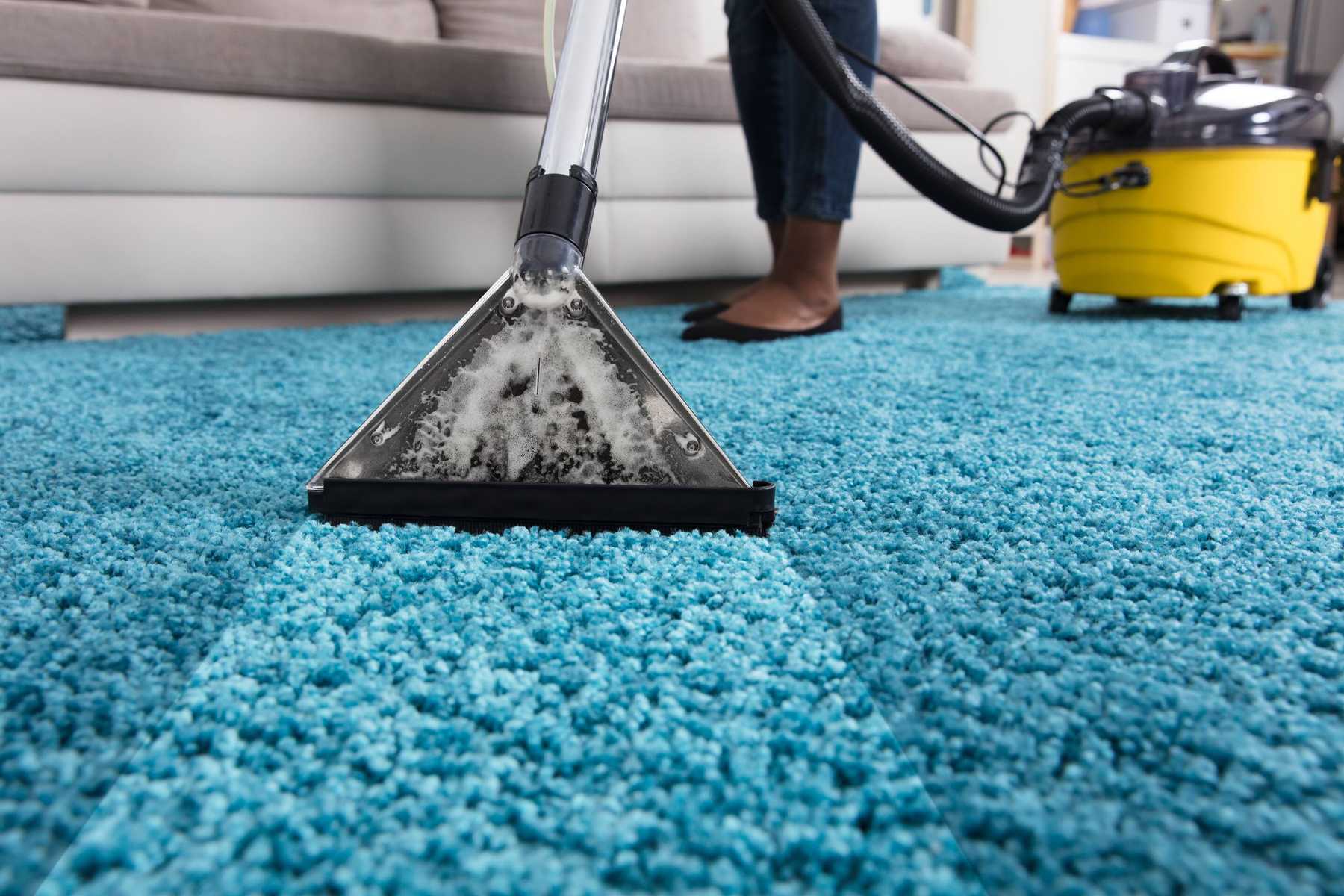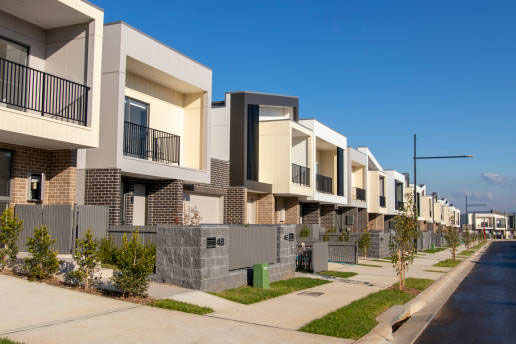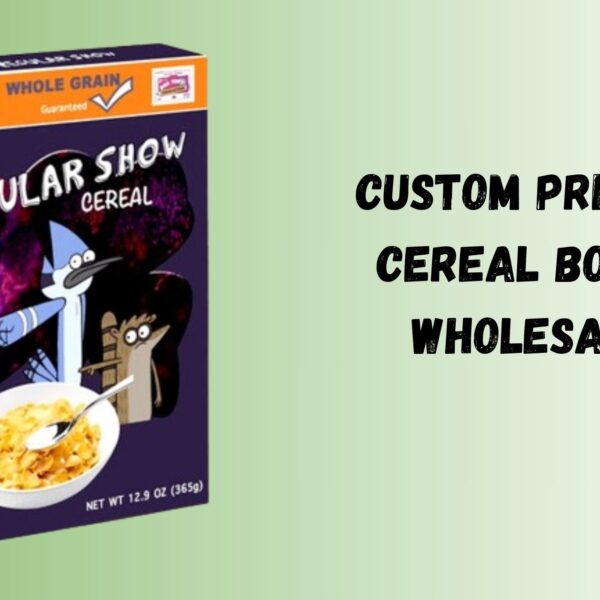The Perfect Kitchen Area for Pleased Food Preparation
The kitchen is often referred to as the heart of the home, where delicious meals are prepared and cherished memories are created. Designing a kitchen that promotes efficiency, functionality, and a pleasant cooking experience can elevate the overall atmosphere of your home. Here are essential tips for creating the perfect kitchen space that inspires joyful cooking:
1. Efficient Layout and Workflow: A well-planned kitchen layout ensures a smooth workflow. The “kitchen work triangle” principle—where the stove, sink, and refrigerator form a triangular layout—helps minimize unnecessary movement and maximizes efficiency.
2. Ample Storage Solutions: Adequate storage is crucial for maintaining an organized and clutter-free kitchen. Incorporate a mix of cabinets, drawers, shelves, and pantry space to accommodate various kitchen essentials.
3. Quality Countertops: Durable and easy-to-clean countertops are essential for food preparation. Materials like granite, quartz, or solid surfaces provide both functionality and aesthetic appeal.
4. Proper Lighting: Well-planned lighting enhances the functionality and ambiance of the kitchen. Incorporate task lighting above work areas, ambient lighting for overall illumination, and accent lighting to highlight specific features.
5. High-Quality Appliances: Invest in reliable and energy-efficient kitchen appliances. Consider the size, features, and placement to ensure they complement the overall design and meet your cooking needs.
6. Thoughtful Placement of Utensils and Tools: Keep frequently used utensils and cooking tools within easy reach of the main work area. This reduces the need for constant movement and streamlines the cooking process.
7. Adequate Ventilation: Proper ventilation is essential for removing cooking odors, excess heat, and grease particles from the air. Ensure your kitchen has a well-functioning range hood or ventilation system.
8. Incorporate Personal Style: Infuse your personality into the design with elements like color schemes, backsplash choices, and decorative accents. This creates a space that feels uniquely yours and inspires creativity in the kitchen.
9. Easy-to-Clean Surfaces: Choose materials that are easy to clean and maintain. This includes stain-resistant countertops, backsplashes, and flooring options like tile or hardwood with a durable finish.
10. Comfortable Seating: If space allows, consider incorporating a seating area within or adjacent to the kitchen. It provides a cozy spot for casual meals, conversation, or simply enjoying a cup of coffee.
11. Functional Flooring: Opt for flooring that can withstand the demands of a busy kitchen. Materials like tile, vinyl, or hardwood with a protective finish are durable and easy to clean.
12. Designated Zones: Create specific zones for different tasks, such as meal prep, cooking, baking, and cleaning. This helps maintain order and efficiency in the kitchen.
13. Greenery and Natural Elements: Incorporate plants or natural elements like a small herb garden. Not only do they add a touch of nature, but they can also provide fresh herbs for your culinary creations.
14. Keep Safety in Mind: Install safety features like non-slip flooring, childproofing measures, and secure storage for sharp objects to ensure a safe kitchen environment.
By incorporating these elements into your kitchen design, you can create a space that not only facilitates efficient cooking but also brings joy and inspiration to your culinary endeavors. Remember, a well-designed kitchen is not only functional but also reflects your personal style and enhances the overall comfort of your home.








